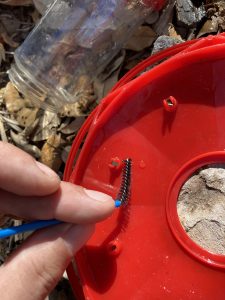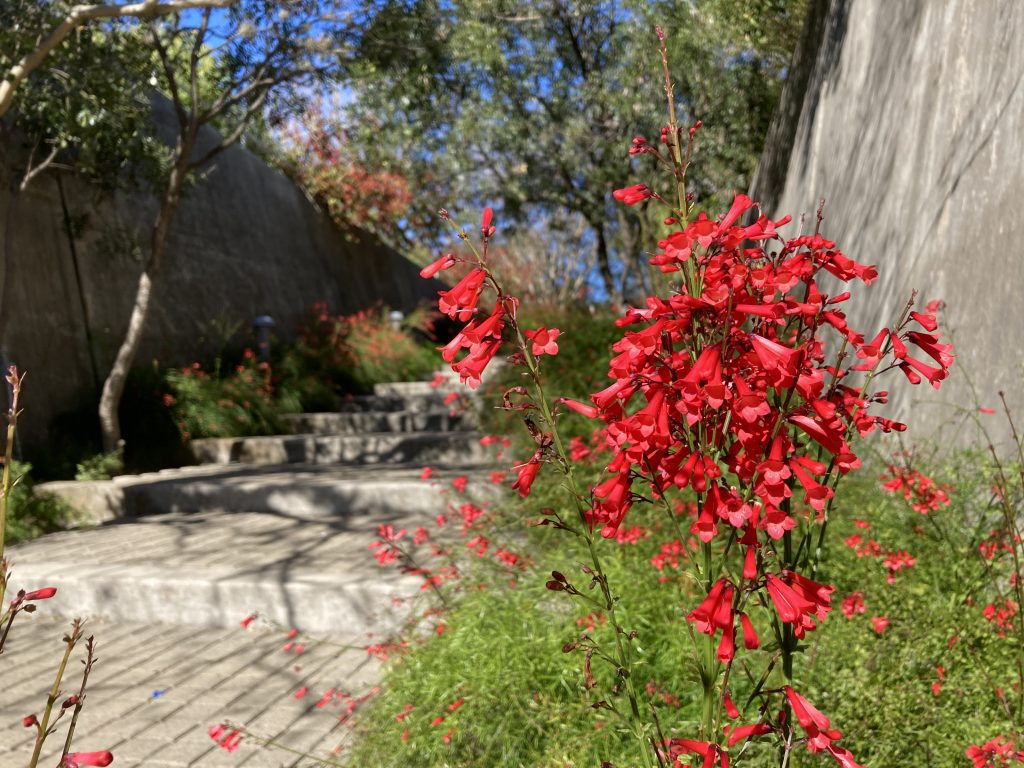If your garden’s still bursting with hardy perennials, be on the lookout for some of the feistiest hummingbirds of the year.
Perfectly attired in red-and-green Christmas elf colors, Rufous hummingbirds typically nest and spend summers at high elevations in the Cascades and the Rockies and as far north as Alaska.
But cold weather brings them 4,000 miles south to Mexico, the Gulf Coast and sometimes the San Antonio area — where they’re able to withstand what would be for us extremely cold nighttime temperatures.
 The trick? Dropping their body temperatures and heart rates allows them to conserve energy and enter torpor, akin to hibernation. By the time the sun rises, they’re ready to warm up and refill in a hurry. So if you keep clean hummingbird feeders in winter you may hear their gremlin-like chattering at dawn.
The trick? Dropping their body temperatures and heart rates allows them to conserve energy and enter torpor, akin to hibernation. By the time the sun rises, they’re ready to warm up and refill in a hurry. So if you keep clean hummingbird feeders in winter you may hear their gremlin-like chattering at dawn.
I’ve often noticed my first hummingbird of the winter on Jan. 1. Sometimes I wonder if they were migrants startled into a pit stop by New Year’s Eve fireworks.
When they can’t find flowers or feeders, they devour insects — a quick protein source abundant even in a leafless landscape. And if they find the right plants in your yard, they may take over and stay all season long before departing in spring.
With their mountain-top egos, they can be seen dive-bombing squirrels, mail carriers and even hawks as they defend their chosen feeders or flowers. As always, they’re looking for loads of tube flowers all the time because they need to fill up constantly just to get through the day.

If you’re looking to add some winter color to your WaterSaver garden, any local nursery’s list of hummingbird plants generally includes some of the toughest landscape plants around. In addition to the usual salvias, Turk’s cap and bougainvillea, hummers are often drawn to Mexican water-saving plants like forsythia sage, Mexican honeysuckle, firecracker plant and shrimp plant.
As a bonus, these perennials are typically able to thrive without additional water in winter, so you can enjoy the show without having to drag hoses around!


